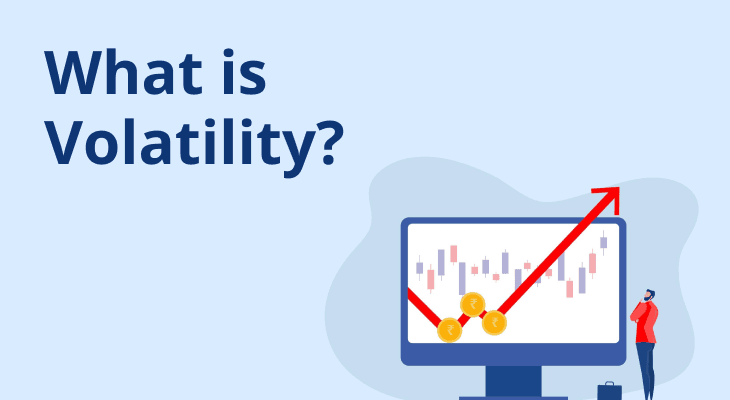
What Are Sub Broker Franchise Costs
Investing and trading in stocks and other securities, including bonds, ETFs and future and options, can only be done through a demat account. Many brokers like Mirae Asset offer demat accounts to investors and traders to buy and sell securities on the stock exchanges.
Many times, investors and traders also work with a sub-broker in their investment and trading journey. Sub-brokers assist investors by guiding them on how to plan and execute their investment and trading strategy by providing them research inputs and handhold them
Who is a Sub-Broker?
A sub-broker (Authorised Person) acts as a bridge between and investor or trader and the main broker, acting as an intermediary between the client and the main broker. The main function of a sub-brokers is to help clients by guiding them through financial transactions on the stock exchanges. This could be trading in securities including stocks, futures and options, and other investments.
The Role of a Sub-Broker
A sub-broker assists clients in completing any paperwork that is required to trade and invest in stocks and guiding them on how to plan their investments and trading activities on shares and other securities. In return for providing services to both the clients and the main broker, the sub-broker receives commission on the transactions executed by the clients on the main broker’s trading platform.
From August 2018, SEBI has discontinued registrations as sub-broker. All sub-brokers have moved to the new category of intermediaries called Authorised Person. An Authorised Person performs a similar operative role as a sub-broker in dealing with clients and the main broker.
How Does a Sub-Broker Franchise Work?
A sub-broker (Authorised Person) works to further the business of the stockbroker. To become an Authorised Person and offer services to clients, one needs to sign up with a member of a stock exchange, who is also referred to as a stockbroker. A sub-broker must register with a stockbroker like Mirae Asset to be able to offer services related to trading and investing in shares and other securities, including futures and options and ETFs.
Partnering with a broker will help you scale your business quickly by providing a gamut of services to your clients. The registration costs for an Authorised Person across the industry can vary from as low as ₹50,000 to up to ₹1,00,000
Is Sub-broking a Profitable Profession?
Sub-brokers (Authorised Persons) make money when their clients trade and make investments through the main brokers investment and trading platform. The more the services and products an Authorised Person can offer his or her clients.
Partnering with a broker like Mirae Asset offers you the opportunity of building a diverse revenue source by earning through nine revenue segments—
Brokerage
Account opening fee
DP sell transaction charges
Pledge/unpledge charges
Partner service fee (annual)
Plan modification fee
In the above seven revenue segments, Mirae Asset offers 100% revenue share to its partners.
In the following products, Mirae Asset offers Authorised Persons 80% revenue share above the base rate
Margin Pledge
So, becoming a sub-broker is a very rewarding profession for those with deep interest in financial markets and someone who wants to build a career in this space.


